As we face the growing threat of climate change, we’re increasingly turning to renewable energy sources as a sustainable solution. I believe it’s crucial for us to understand these alternatives and their potential to reshape our energy landscape. From solar panels to wind turbines, the world of renewable energy is diverse and constantly evolving, offering numerous advantages over traditional fossil fuels.
At the end of this post, you can download our Renewable Energy Sources PowerPoint template to fit your purpose. As the same diagram PowerPoint template series, you can also find our Generative AI, Circular Economy, Blue Sea Strategy, 2025 Calendar with Holidays, The 7 Habits of Highly Effective People, Six Thinking Hats, Pareto Chart, Occam’s Razor, Data Mining, marketing segment, Porter’s five forces, SWOT Analysis, GE Matrix, BCG Matrix, Artificial Intelligence, National Diamond and BlockChain PowerPoint templates.
In this comprehensive guide, we’ll explore various types of renewable energy and their impact on our planet. We’ll delve into solar energy and how it harnesses the sun’s power, examine wind energy’s role in our sustainable future, and investigate hydropower’s potential to generate clean electricity. By the end, we’ll have a clearer picture of how these technologies are driving the transition to a more sustainable energy future and helping us tackle the challenges of climate change head-on.
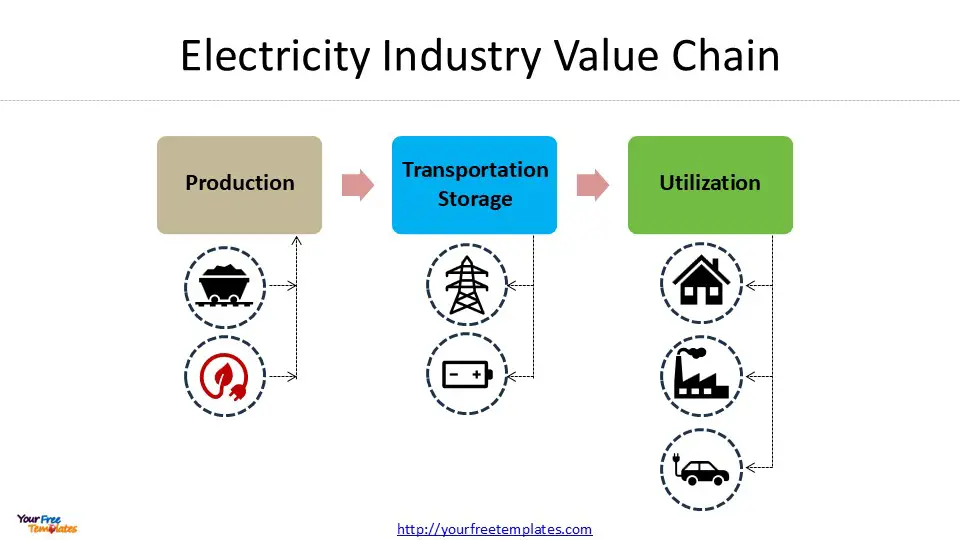
Solar Energy: Harnessing the Power of the Sun
Solar energy is one of the most promising renewable energy sources we have at our disposal to combat climate change. As we look for sustainable alternatives to fossil fuels, solar power stands out for its abundance and versatility. There are two main technologies used to harness solar energy: photovoltaic systems and concentrated solar power.
Photovoltaic (PV) systems are what most people think of when they hear “solar panels.” These systems use semiconductor materials, primarily silicon, to convert sunlight directly into electricity through the photoelectric effect. When photons from the sun strike a PV cell, they excite electrons, creating an electric current. This process allows us to generate clean electricity without any moving parts or emissions.
The efficiency of PV cells has improved dramatically over the years. In the mid-1980s, commercially available panels averaged less than 10% efficiency. By 2015, this had increased to around 15%, and today, state-of-the-art modules are approaching 25% efficiency 1. This means we can generate more power from a smaller area, making solar installations more practical and cost-effective.
One of the most exciting aspects of PV technology is its scalability. We can use solar panels in small applications like calculators or wristwatches, or we can connect hundreds of panels to form large arrays for utility-scale power generation. This flexibility allows us to integrate solar power into various settings, from residential rooftops to vast solar farms.
Concentrated Solar Power (CSP) is another innovative way to harness the sun’s energy. Unlike PV systems, CSP uses mirrors or lenses to focus a large area of sunlight onto a small receiver. This concentrated light is then converted into heat, which can be used to generate electricity through conventional steam turbines or to provide industrial process heat.
One of the key advantages of CSP systems is their ability to store energy. By 2020, the global installed capacity of CSP reached 6.8 GW . Many modern CSP plants incorporate thermal energy storage systems, allowing them to generate electricity during cloudy periods or even after sunset. This makes CSP a flexible and dispatchable source of renewable energy, capable of providing power when it’s needed most.
There are four main types of CSP technologies: parabolic trough, power tower, linear Fresnel, and parabolic dish systems. Each has its unique advantages, but all share the common goal of concentrating sunlight to produce usable energy. For example, power tower systems use sun-tracking mirrors called heliostats to focus sunlight onto a receiver at the top of a tower, where temperatures can reach up to 600°C .
As we continue to develop and refine these solar technologies, we’re seeing significant cost reductions and efficiency improvements. The price of solar module prices fell by up to 93% between 2010 and 2020 . This dramatic decrease in cost has made solar energy increasingly competitive with traditional fossil fuel sources.
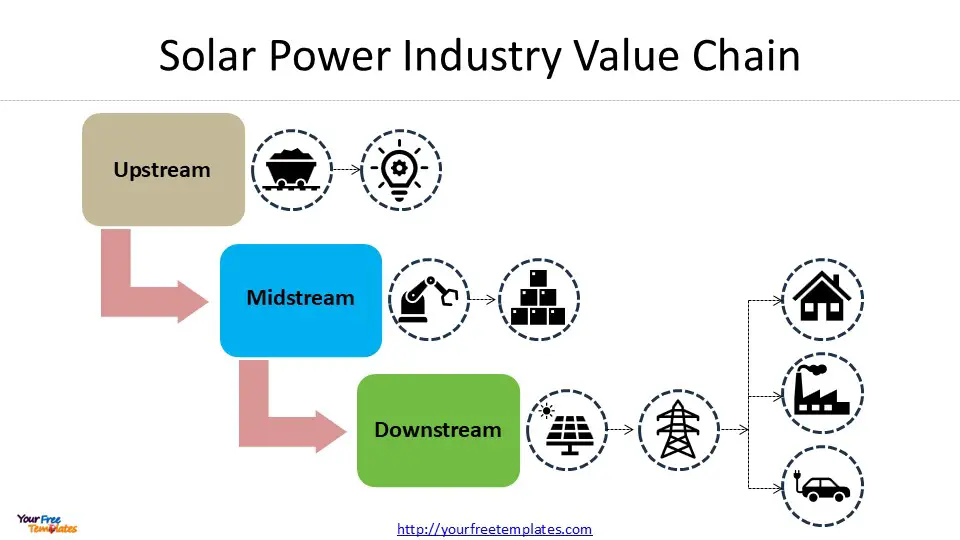
Solar thermal energy is another application of solar power that’s gaining traction. This technology uses solar collectors to capture heat from the sun, which can then be used for various purposes, such as heating water, providing space heating, or even cooling through absorption refrigeration systems.
As we look to the future, solar energy will undoubtedly play a crucial role in our transition to a sustainable energy landscape. Its potential to provide clean, renewable power while reducing our carbon footprint makes it an essential tool in our fight against climate change. By continuing to invest in research and development, we can further improve the efficiency and affordability of solar technologies, making them an even more attractive option for powering our world.
Wind Power: Capturing Nature’s Breeze
Wind power has emerged as a crucial renewable energy source in our fight against climate change. As we harness the power of nature’s breeze, we’re witnessing a revolution in sustainable energy production. Wind turbines, both onshore and offshore, are becoming increasingly efficient and cost-effective, making them a vital component of our clean energy future.
Onshore Wind Farms
Onshore wind farms have become a common sight in many parts of the world. These large-scale installations consist of multiple wind turbines that work together to generate significant amounts of electricity. In the United States alone, wind power has become the largest source of renewable energy, supplying more than 10% of total U.S. electricity 1. This impressive growth is due to advancements in technology and decreasing costs.
Modern wind turbines have grown in size and efficiency over the years. The average wind turbine’s hub height is about 300 feet, with a rotor diameter of approximately 418 feet – longer than a football field . This increase in size allows for greater energy capture, even at lower wind speeds. As a result, we’re seeing more areas becoming viable for wind energy production.
One of the significant advantages of onshore wind farms is their cost-effectiveness. The average levelized cost of energy (LCOE) for land-based wind has fallen to USD 32.00/MWh in 2022, a remarkable 60% decrease since 2012 . This reduction in costs has made wind power increasingly competitive with traditional fossil fuel sources, accelerating the transition to renewable energy.
Offshore Wind Technology
While onshore wind farms have been the mainstay of wind energy production, offshore wind technology is rapidly gaining ground. Offshore wind turbines take advantage of the stronger, more consistent winds found over large bodies of water. These turbines are typically larger than their onshore counterparts and can generate vast amounts of energy.
One of the exciting developments in offshore wind technology is the emergence of floating wind turbines. These innovative designs allow for the installation of wind farms in deeper waters, where traditional fixed-bottom structures aren’t feasible. In fact, 58% of the total technical wind resource in the U.S. lies in waters greater than 60m deep . By tapping into these resources, we can significantly expand our renewable energy capacity.
Offshore wind farms also boast higher capacity factors compared to onshore installations. The capacity factor of a wind turbine is its average power output divided by its maximum power capability. For offshore wind projects, this factor is expected to reach an impressive 60% by 2050 . This higher efficiency makes offshore wind an increasingly attractive option for large-scale renewable energy production.
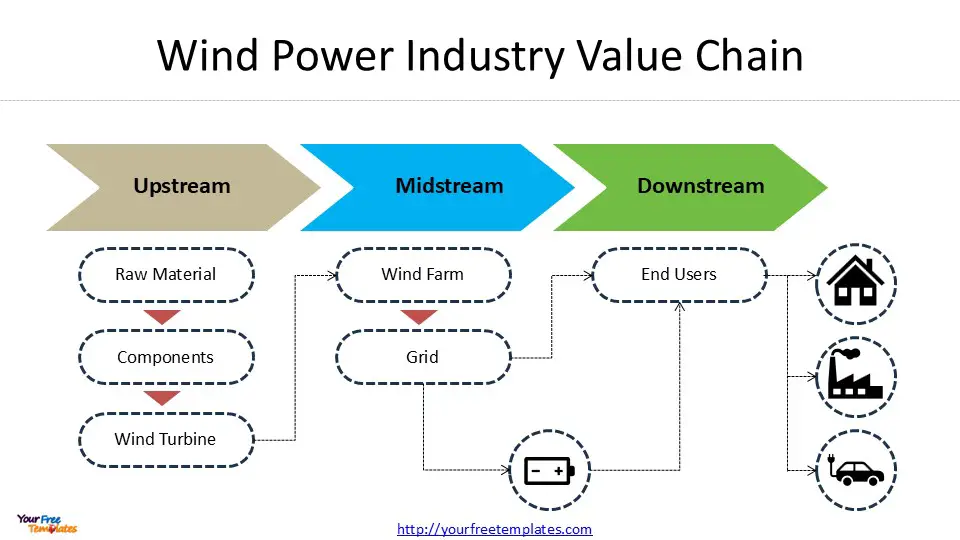
Small-Scale Wind Turbines
While large wind farms dominate the headlines, small-scale wind turbines are also playing a crucial role in our transition to renewable energy. These smaller turbines, typically ranging from 1 kilowatt to 100 kilowatts, are ideal for residential, agricultural, and small commercial applications .
Small wind turbines offer several advantages. They can be installed in areas where larger turbines aren’t feasible, providing clean energy to remote or off-grid locations. These systems can work in tandem with other renewable energy sources, such as solar panels, creating hybrid power systems that ensure a more consistent energy supply.
However, it’s important to note that small wind power has faced challenges. Early turbine models were prone to breaking and generated little electricity compared to their cost. But recent technological advancements are changing this narrative. New designs, such as those developed by companies like Bergey Windpower, have slashed generation costs by more than 50%, making small wind turbines more competitive with solar for the first time in over a decade .
As we continue to innovate and improve wind power technology across all scales, from small residential turbines to massive offshore installations, we’re moving closer to a future powered by clean, renewable energy. Wind power, alongside other sustainable energy sources, is playing a crucial role in reducing our reliance on fossil fuels and mitigating the impacts of climate change.
Hydropower: Tapping into Water’s Potential
Hydropower stands as one of the oldest and largest sources of renewable energy, harnessing the natural flow of moving water to generate electricity. As we explore sustainable energy solutions to combat climate change, hydropower plays a crucial role in our transition towards a cleaner future. In 2022, hydroelectricity accounted for about 6.2% of total U.S. utility-scale electricity generation and 28.7% of total utility-scale renewable electricity generation 1.
Large-Scale Hydroelectric Dams
Large-scale hydroelectric dams have been the backbone of hydropower generation for decades. These impressive structures store vast amounts of water in reservoirs, which is then released through turbines to produce electricity. The Hoover Dam, built during the Great Depression, is a prime example of such engineering marvels. With a cost equivalent to around USD 900 million in today’s money, it produces 2,080 MW of power that’s fed to Nevada, Arizona, and California .
However, the scale of hydroelectric dams has grown significantly since then. The Three Gorges Hydroelectric Dam in China dwarfs the Hoover Dam in capacity, producing a staggering 22,500 MW and over 80 TWh annually . These massive projects demonstrate the potential of hydropower to generate substantial amounts of clean energy, contributing significantly to our efforts to reduce reliance on fossil fuels.
Run-of-River Systems
While large dams are impressive, run-of-river hydroelectric systems offer a more environmentally friendly approach to harnessing water’s potential. These systems use the natural flow of rivers to generate power, with little or no water storage. Run-of-river projects are dramatically different in design and appearance from conventional hydroelectric projects, causing fewer environmental impacts .
Run-of-river systems typically divert some or most of a river’s flow (up to 95% of mean annual discharge) through a pipe or tunnel leading to electricity-generating turbines, then return the water back to the river downstream . This approach minimizes the need for large reservoirs and reduces the impact on local ecosystems and communities.
One advantage of run-of-river systems is their ability to be implemented in existing irrigation dams with little to no change in the local fluvial ecosystem . This makes them an attractive option for expanding our renewable energy capacity without significant environmental disruption.
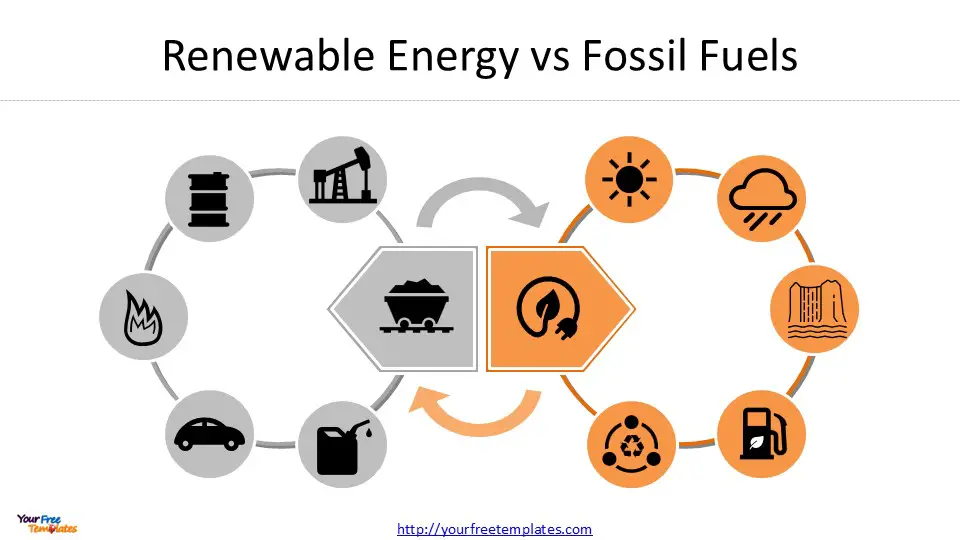
Pumped Storage Hydropower
Pumped storage hydropower (PSH) represents an innovative approach to energy storage, crucial for balancing the intermittent nature of other renewable energy sources like solar panels and wind turbines. PSH systems store energy by pumping water from a lower reservoir to a higher one during periods of low electricity demand. When demand increases, the water is released back through turbines to generate power .
As of 2020, pumped storage hydropower accounts for around 95% of all active storage installations worldwide, with a total installed throughput capacity of over 181 GW and a total installed storage capacity of over 1.6 TWh . This makes PSH the largest-capacity form of grid energy storage available, playing a vital role in our transition to sustainable energy systems.
The flexibility of pumped storage hydropower is particularly valuable in supporting the integration of variable renewable energy sources into the grid. It can respond to load changes within seconds, providing essential services such as system inertia, frequency control, and voltage regulation 4.
As we continue to develop and refine hydropower technologies, we’re witnessing significant advancements in efficiency and environmental sustainability. From large-scale dams to run-of-river systems and pumped storage facilities, hydropower remains a cornerstone of our renewable energy future, helping us address the challenges of climate change and move towards a more sustainable energy landscape.
Conclusion
Renewable energy sources are changing the game in our fight against climate change. Solar, wind, and hydropower technologies are making huge strides, becoming more efficient and cost-effective with each passing year. These advancements are helping us to cut down on fossil fuel use and move towards a cleaner, more sustainable future.
As we continue to improve these technologies, we’re seeing a real shift in how we produce and use energy. The growing adoption of renewable sources is not just good for the environment – it’s also creating new jobs and driving economic growth. To keep this momentum going, we need to keep investing in research and development, and work together to build a world powered by clean, renewable energy.
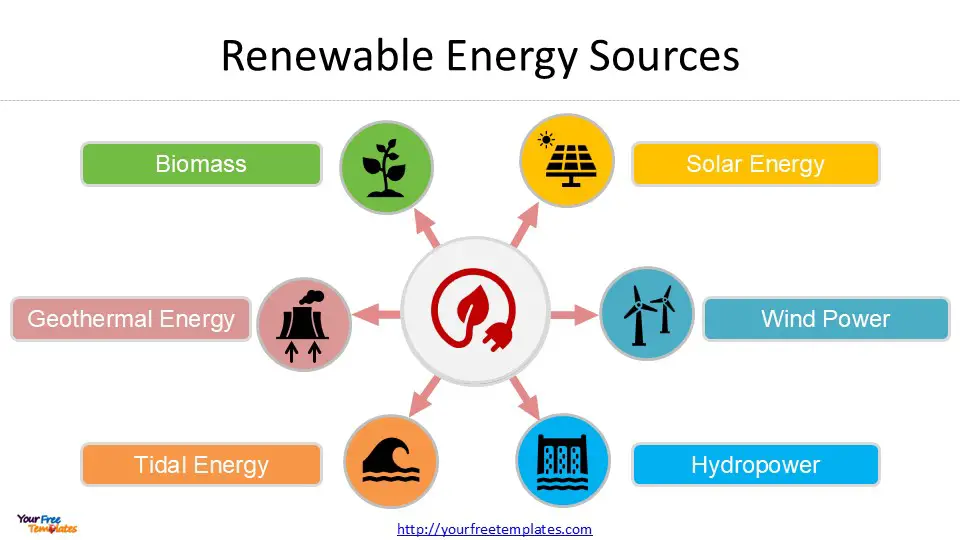
FAQs
- What does renewable energy mean? Renewable energy refers to energy obtained from natural resources that regenerate more quickly than they are depleted. Examples include sunlight and wind, which are constantly renewed naturally.
- How can we identify a source as renewable energy? A source is considered renewable if it is naturally replenishing and unlikely to be exhausted. These sources typically have a minimal or zero carbon footprint and include wind, solar, bioenergy, and hydroelectric, including tidal energy.
- Why is it important to use renewable energy? Utilizing renewable energy is crucial for several reasons:
- It produces no greenhouse gas emissions from fossil fuels, thereby reducing certain types of air pollution.
- It diversifies the energy supply and lessens reliance on imported fuels.
- It fosters economic development and creates job opportunities in various sectors such as manufacturing and installation.
- Are renewable energy sources reliable? Renewable energy sources are considered more reliable than fossil fuels because they are perpetual and the energy they produce is generated locally.
Size:307K
Type: PPTX
Renewable Energy Sources Template
Click the link to download it.
Aspect Ratio: Standard 4:3
Click the blue button to download it.
Download the 4:3 Template
Aspect Ratio: Widescreen 16:9
Click the green button to download it.
Download the 16:9 Template
References
[1] – https://www.nrdc.org/stories/renewable-energy-clean-facts
[2] – https://www.nationalgrid.com/stories/energy-explained/what-are-different-types-renewable-energy
[3] – https://www.energy.gov/eere/renewable-energy
[4] – https://www.epa.gov/statelocalenergy/local-renewable-energy-benefits-and-resources














